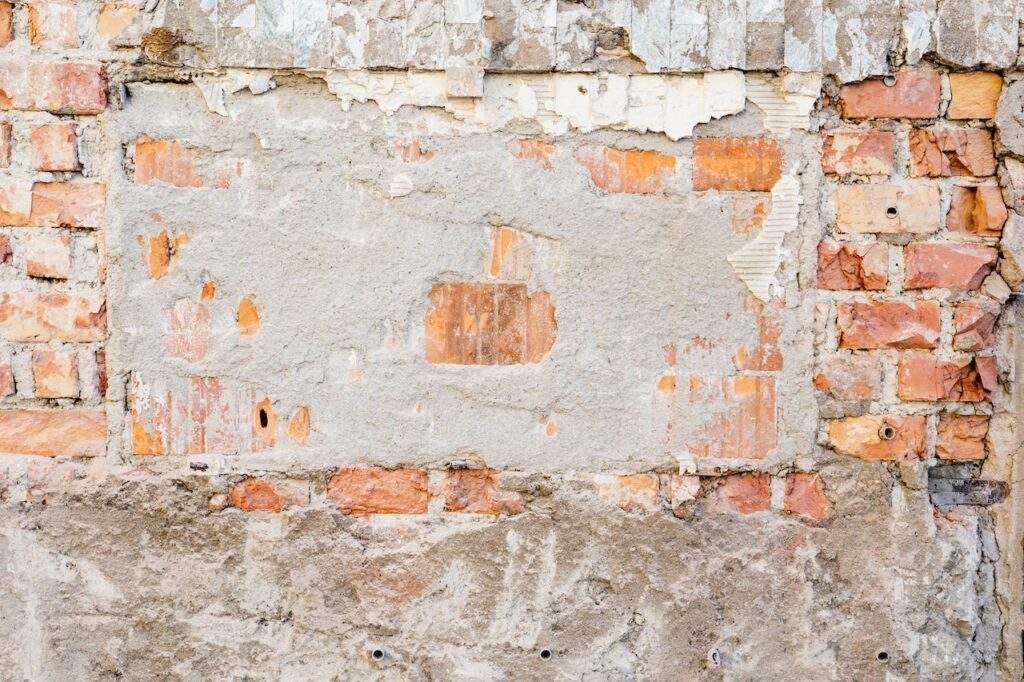
Damp proofing can be an effective way to keep your home free of mold and other harmful substances, but this must be done correctly in order to get the most out of it. If you are looking for information about damp proofing your house, you’ll find all the tips and tricks you need below. Make sure to bookmark this page so that you can refer back whenever necessary!
Basement walls
Wet basement walls are usually the result of a water leak that’s coming in from the outside, or because it’s seeping through cracks in the foundation. Wet basements can be dangerous, as they may have mould or mildew growing on them. You’ll want to dry out your basement quickly and thoroughly. You can do this by calling a professional, who will bring in equipment such as dehumidifiers and blowers; you can also rent these machines for your own use. Remember that once you’ve dried out your basement, you’ll need to make sure it doesn’t happen again.
Sump pumps
A sump pump is a crucial device that can help keep your basement dry. A sump pump is installed in the lowest part of the basement and is usually located near a drain. It operates whenever there’s excessive water in the basement and it pumps out this water either through a drain pipe or directly outside. When choosing a sump pump, you should consider how often it will be used and how much water it will need to pump out. If you live in an area with heavy rain or snowfall, you’ll want to make sure your sump pump is more powerful than if you live somewhere where there’s not much precipitation.
Radiators
If your home is prone to dampness, you may want to take a look at the radiators in your house. Radiators are responsible for warming up the air in your house, and if they’re not correctly installed or maintained, water can drip down onto them which will then leak into the wall and cause a build-up of mold. This is an issue because mold can cause all sorts of health problems. To prevent this from happening, make sure that you don’t forget to regularly clean around the radiator and wipe it down with some vinegar once a month.
Stairs and floorboards
If you want to stop damp coming up the stairs and through the floorboards, it’s important that you find out where water is entering your property. It could be as simple as a cracked window or a blocked gutter. Once you have found out where the water is coming from, there are some steps you can take to reduce any further damage.
Firstly, try and find out what’s causing the problem by using household items like baking soda and dish soap to determine where the damp is coming from. Secondly, clean up any standing water in your home and seal any cracks in pipes or windows. Thirdly, make sure your gutters are clear of leaves so that water doesn’t overflow onto your property.
Walls
Filling in cracks and holes with a damp-proof sealant can help prevent water from getting into your walls. The sealant will create a waterproof barrier, preventing water from coming in contact with your walls. The best time to do this is when the house has been just finished being built, as it is easier for contractors to get at all of the gaps and crevices. However, if you have an older home or are doing work on your own, then you should use these tips
Outside walls
Damp proofing your home is an important step for keeping your house dry and happy. Here are some tips for how to go about it. Damp proofing will help you avoid the troubles of mold, rot, and water damage. The first thing you need to do is figure out where the water is coming from (if you know).
If you can’t find the source of the leak, then assess your outside walls by looking for spots where water might be seeping through. You’ll want to make sure that all these areas are sealed up so that no water can get in. Next up, look at any pipes or gutters that might be leaking onto your house’s exterior – fix those as soon as possible!